Warning signs
- 1/54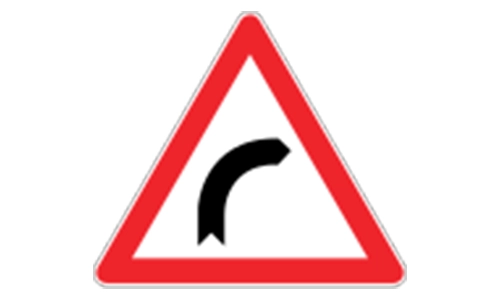
Road bends gently to the right. Slow down and steer smoothly. Stay in your lane to avoid crossing into oncoming traffic.
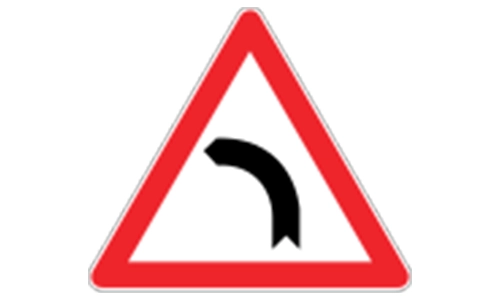
Road curves gently to the left. Reduce speed and stay alert. Maintain proper lane discipline around the bend.
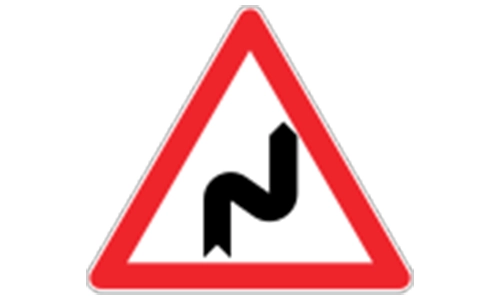
Road curves right, then left. Handle both turns steadily. Reduce speed and steer with care.

Road curves left, then right. Be prepared for back-to-back turns. Maintain control through both bends.
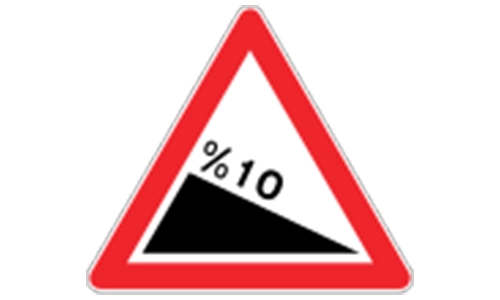
Downhill slope ahead. Use lower gear to control speed. Avoid hard braking to prevent skidding.
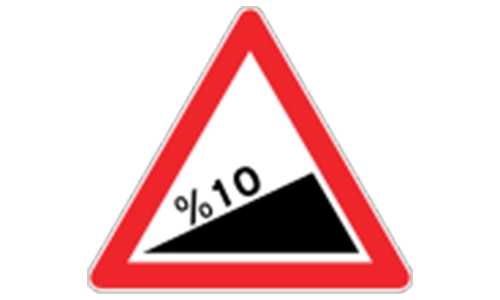
Uphill road ahead. Shift to low gear early. Keep consistent power to avoid stalling.
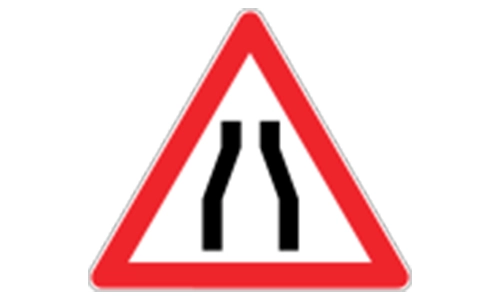
Road width reduces from both sides. Slow down and proceed cautiously. Be alert for oncoming traffic.
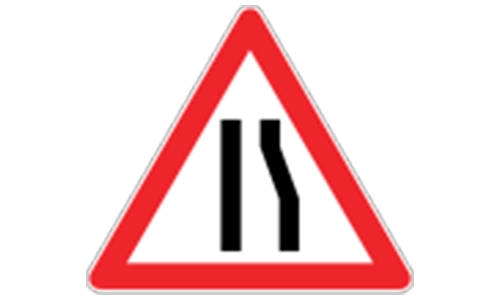
Right side narrows ahead. Stay slightly left if needed. Watch for merging vehicles.

Left edge reduces. Keep slightly right without leaving your lane. Reduce speed and stay alert.
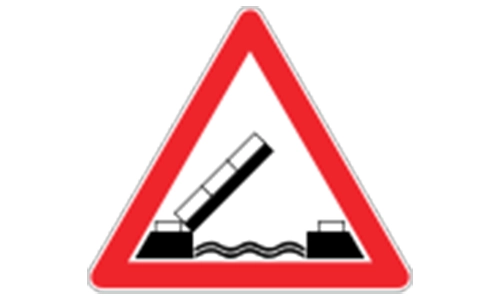
Movable bridge ahead may open. Stop when signals or barriers activate. Cross only when safe.
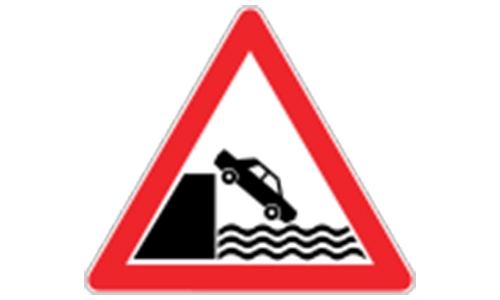
Road ends near water. Avoid going too far forward. Common near docks or canals.
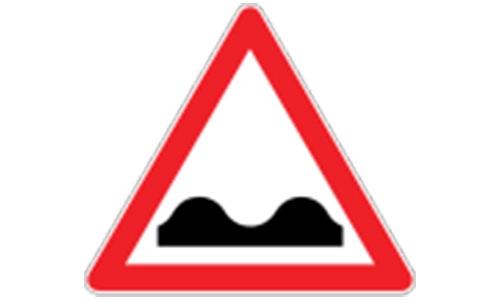
Speed-reducing humps ahead. Drive over slowly. Avoid braking while on the bump.
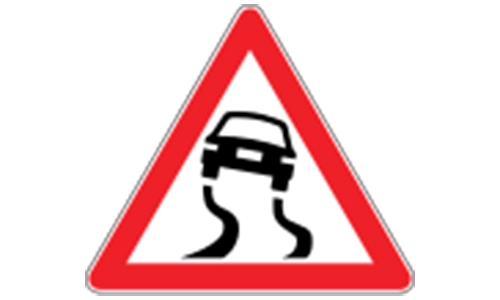
Surface may be slick due to water, oil, or ice. Drive slowly and avoid sharp turns. Increase following distance.
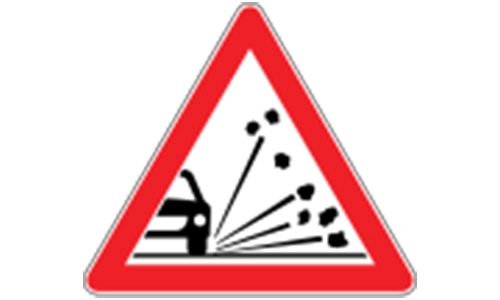
Stones on road may reduce grip. Avoid sharp moves or braking. Keep safe distance from other vehicles.
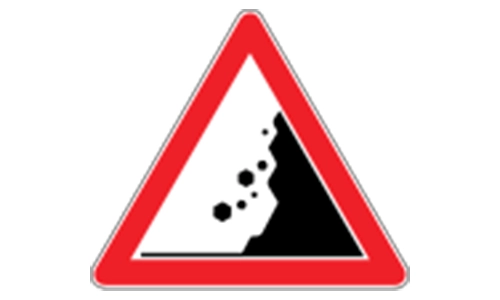
Rocks may fall onto the road. Drive carefully in hilly areas. Do not stop near cliffs.
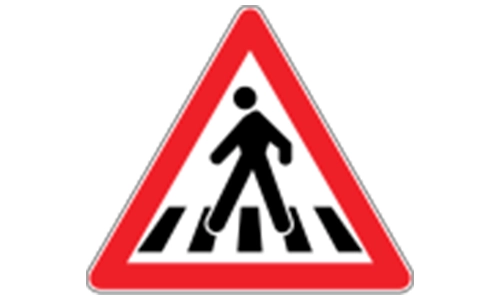
Pedestrians may cross the road here. Slow down and yield. Stop if someone is on the crossing.
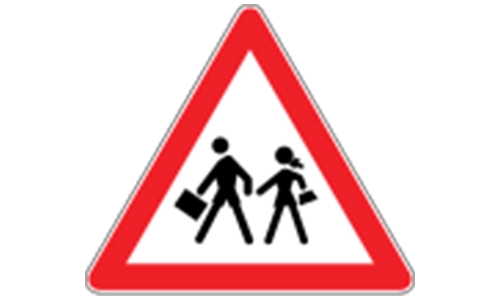
Near school or playground. Children may run across. Drive slowly and stay alert.
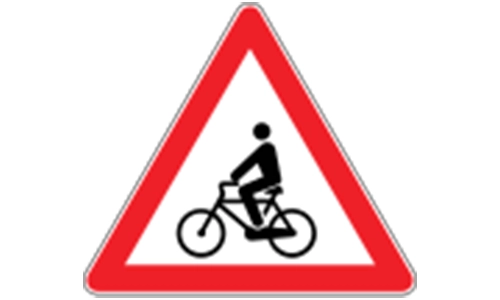
Cyclists may enter or cross your path. Watch for bike lanes. Allow enough room when passing.
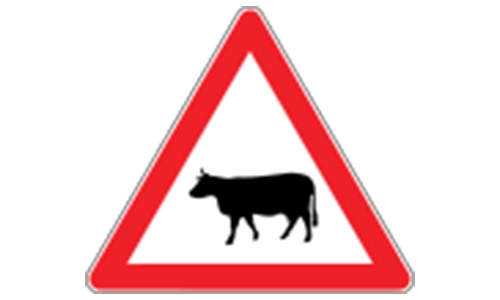
Animals like cows or sheep may cross. Do not honk or speed. Pass only when safe.
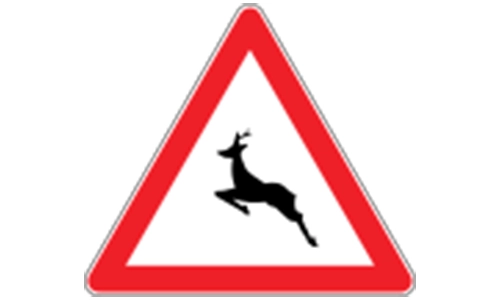
Wild animals may cross unexpectedly. Stay alert, especially at night. Reduce speed in forest areas.
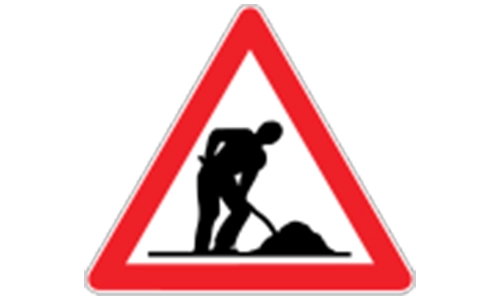
Construction or repairs ahead. Slow down and follow detours. Watch for workers and machinery.
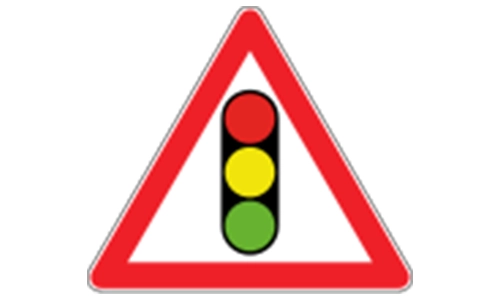
Signal-controlled intersection coming. Be prepared to stop. Watch traffic light timings.
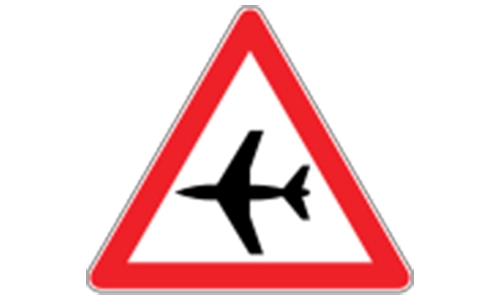
Planes may fly close overhead. May cause sudden noise. Stay focused and avoid distraction.
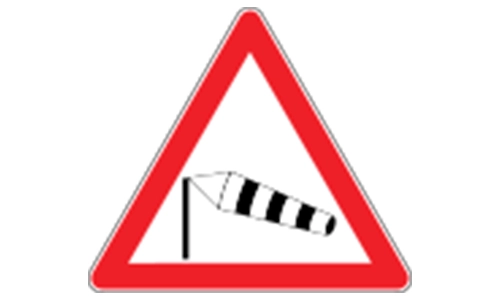
Strong side winds expected. Hold the wheel firmly. Be cautious near bridges or open areas.
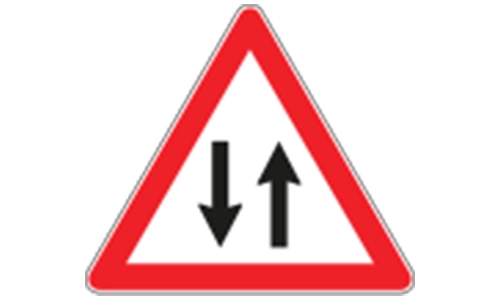
Road changes to allow traffic in both directions. Stay in your lane. Watch for oncoming vehicles.
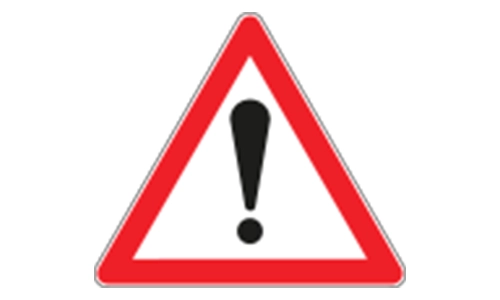
General danger or caution ahead. Look for extra signs nearby. Be ready to adjust driving.
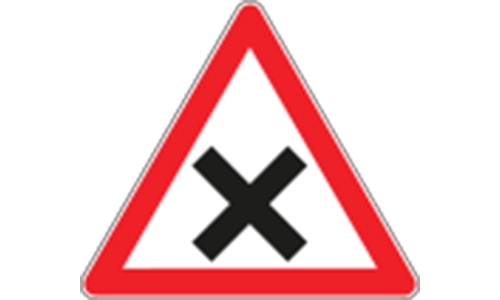
You’re on the main road at an intersection. Other roads must yield. Still proceed carefully.

At intersections, obey posted priority signs and do not assume the right of way.Understanding the rules prevents confusion and reduces collision risks.
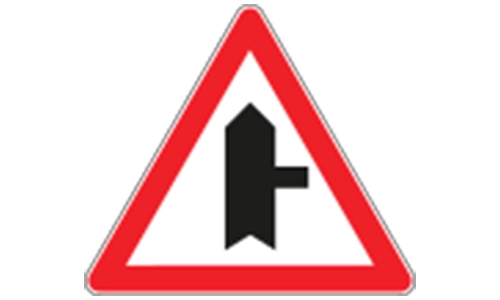
Minor road joins from the right. Vehicles may enter suddenly. Reduce speed slightly.
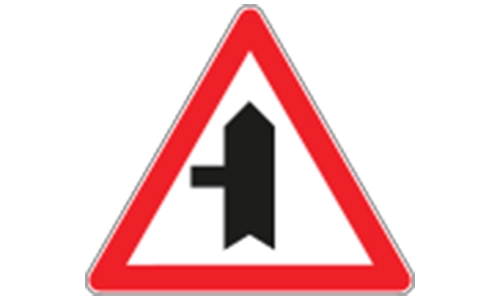
A road joins from the left. Watch for merging vehicles. Stay cautious near junctions.
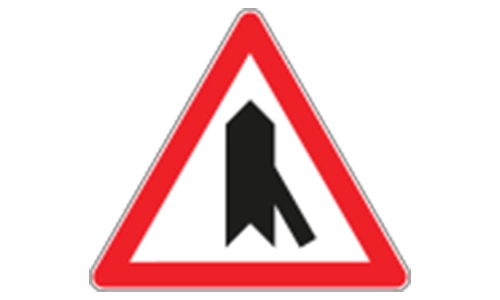
Vehicles may merge from right. Allow space for entry. Check mirrors and blind spots.

Left-side traffic may join. Stay alert and allow smooth merging. Avoid sudden lane shifts.
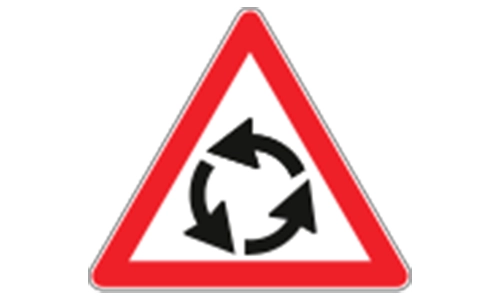
Circular junction ahead. Yield to traffic inside. Choose the correct lane before entering.
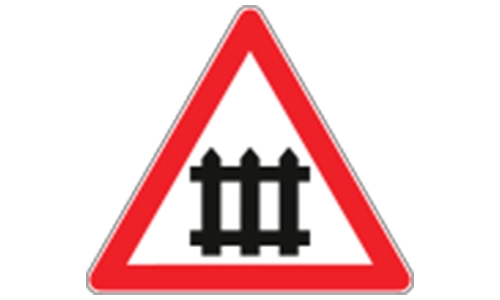
Crossing has gates that close for trains. Stop when closed. Do not cross until fully open.
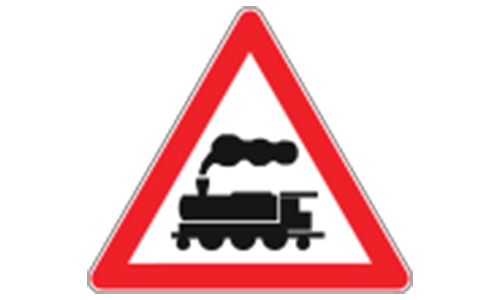
Unprotected railway ahead. Look both ways. Proceed only when safe.
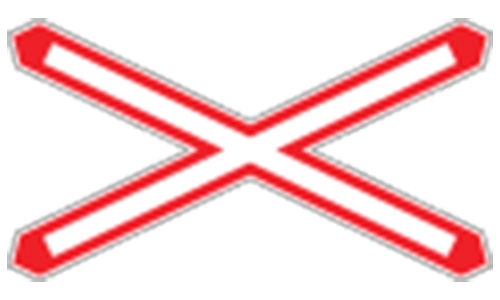
Only one rail line crosses. Be cautious and listen for trains. Never stop on the tracks.

Two tracks cross the road. Wait for both tracks to clear. A second train may follow.
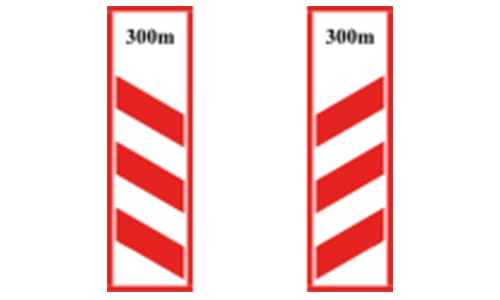
You are 300m from a railway crossing. Start slowing down. Watch for upcoming signals.
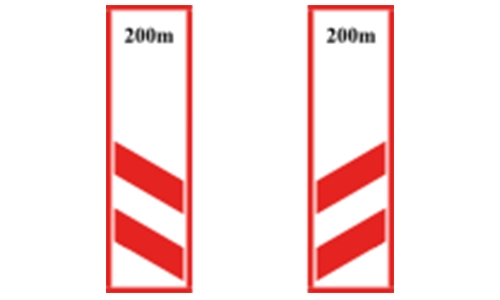
You are 200m before a crossing. Prepare to stop if needed. Stay alert.
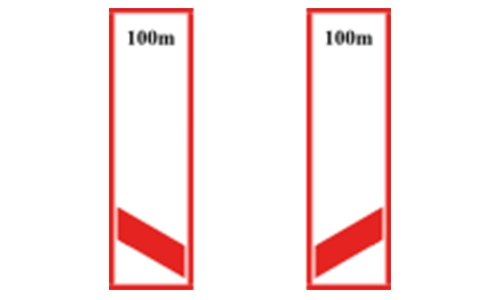
You are 100m before a crossing.Final warning before the crossing. Be ready to stop. Check for trains.
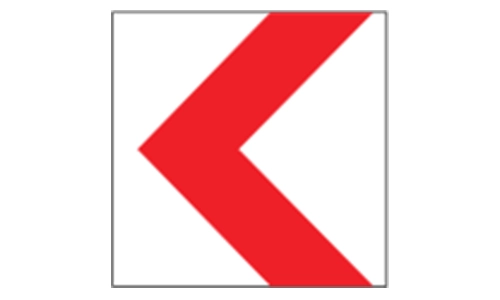
Indicates direction of a sharp curve. Guides drivers through bends. Useful in low visibility.

Helps stay on course during tight turns. Found on winding roads. Follow the arrow direction.
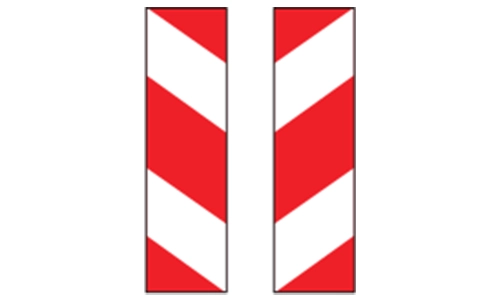
Temporary limits due to construction. Mind your vehicle’s height/width. Use alternate route if needed.
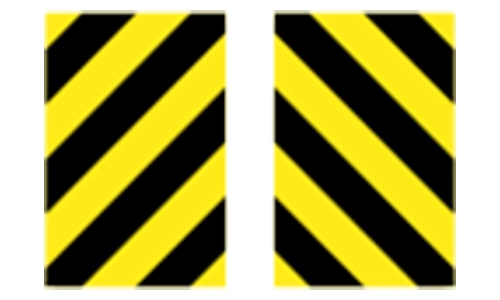
Permanent restrictions for height or width. Often found before tunnels or bridges. Watch for measurement warnings.
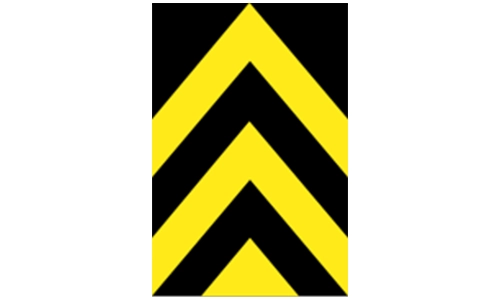
Divider or object in the road center. Pass on the shown side. Used to guide traffic flow.
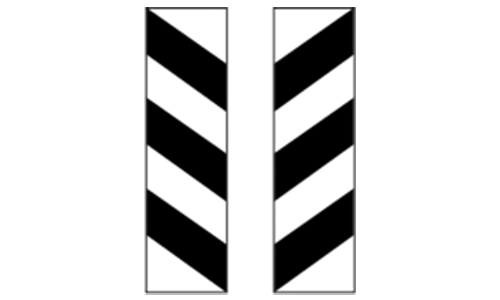
Road crosses a bridge ahead. May be narrow or arched. Maintain alignment and reduce speed.

Object like a pole or structure ahead. Steer around carefully. Do not overtake nearby.
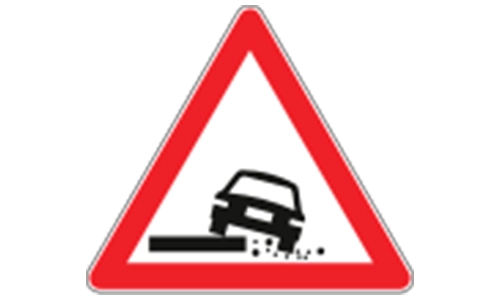
Road edge is unstable. Don’t pull off onto the side. Risk of getting stuck or losing control.
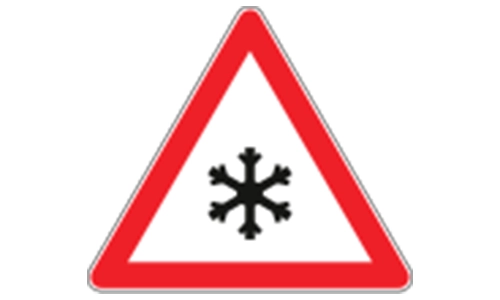
Road may be slippery due to weather. Use winter tires. Avoid harsh braking or acceleration.
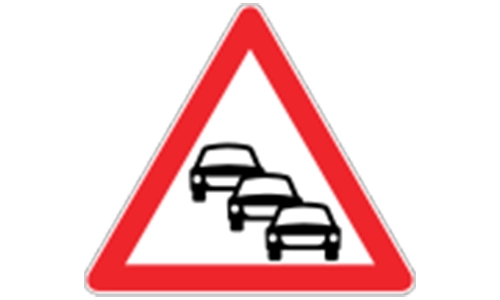
Traffic may slow or stop ahead. Reduce speed early. Avoid sudden lane changes.
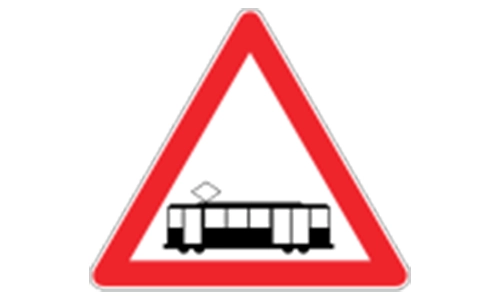
Trams may cross the road. Be alert and yield if needed. Tracks may be slippery.
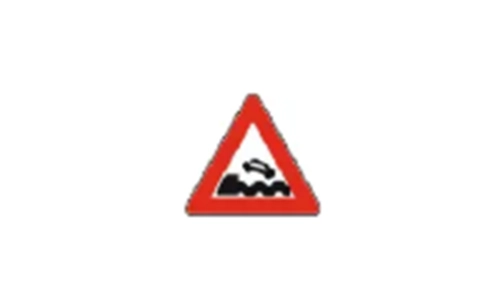
Road ends near a river, dock, or open water. Stay back and drive cautiously. Common near ports or canals.
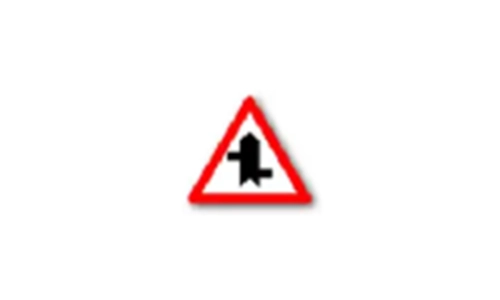
A side road joins the main road from the right or left. Watch for entering or crossing vehicles. Reduce speed slightly near the junction.
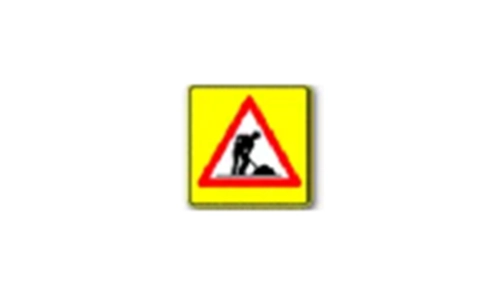
Construction or maintenance activity ahead. Follow detours and temporary signs. Slow down and stay alert for workers and machines.
 Pass the Exam easily with Premium Practice Tests | Unlock All with 7 Days Plan
Pass the Exam easily with Premium Practice Tests | Unlock All with 7 Days Plan  Offer Ends in
Offer Ends in
